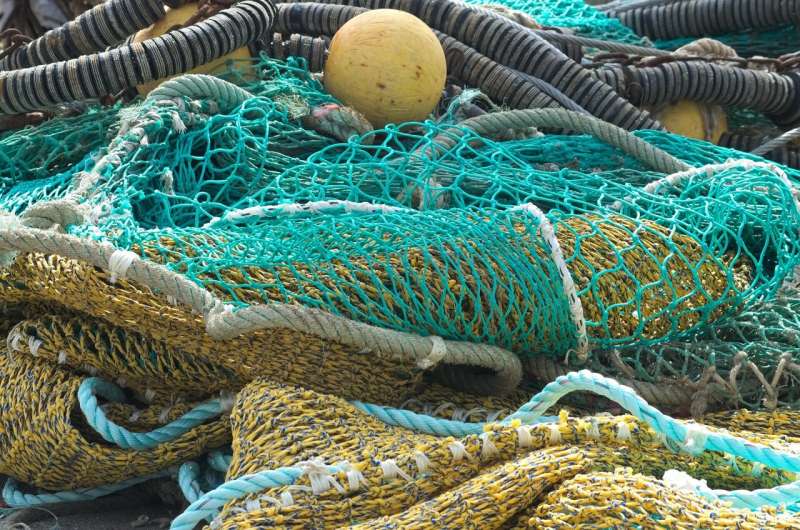This article has been reviewed according to Science X's editorial process and policies. Editors have highlighted the following attributes while ensuring the content's credibility:
fact-checked
trusted source
proofread
New framework developed to monitor the impact of 'destructive' fishing

The UN Sustainable Development Goals highlight the need to end destructive fishing practices to conserve marine resources and protect the ocean. However, there is no globally shared understanding of what destructive fishing is, or how to measure progress against it, making it incredibly difficult for governments and the fishing industry to achieve this goal.
Without a solid understanding of where destructive fishing is taking place—and where it is the most damaging for people and nature—it's almost impossible to make improvements towards more sustainable, future-proof fishing practices.
Defining destructive fishing
To help address this challenge, over the past year, Fauna & Flora and our project partners have been working to identify areas of consensus regarding what exactly destructive fishing is and is not, and to suggest means by which it can be monitored. As part of this work, the project team has developed a new illustrative monitoring framework—launched today on World Fisheries Day—which aims to help monitor the scale and impact of destructive fishing, and outlines the type of evidence that could be used to determine if destructive fishing is taking place.
One of the key conclusions of the research is that it is often not possible to label a fishing activity as destructive without context. This context includes the species of fish being targeted, the properties of the ecosystem where the fishing is taking place, the needs and vulnerabilities of dependent societies, the duration of the fishing activity and the time of year. The importance of context means that a fishing activity that is destructive in one location or at a particular time of the year, might not be destructive in another time or place.
The new framework outlines the type of evidence that could be used to determine if destructive fishing is taking place, drawing from, and building upon, targets, frameworks and indicators currently used by the fishing industry and governments. Rather than being prescriptive, the framework seeks to provide a starting point for discussions and consultation within a country or regions, resulting in an adapted framework that reflects national capacity, priorities and policies.
Hannah Richardson, Technical Specialist, Destructive Fisheries, Fauna & Flora, said, "The significant negative impacts that unsustainable fishing can have on marine ecosystems and the societies that depend on them are well-documented. But, as is always the case in conservation, local context is essential to finding sustainable solutions that work for both people and nature."
More information: A Monitoring Framework for Destructive Fishing. resources.unep-wcmc.org/products/WCMC_RT556
Provided by Fauna & Flora


















